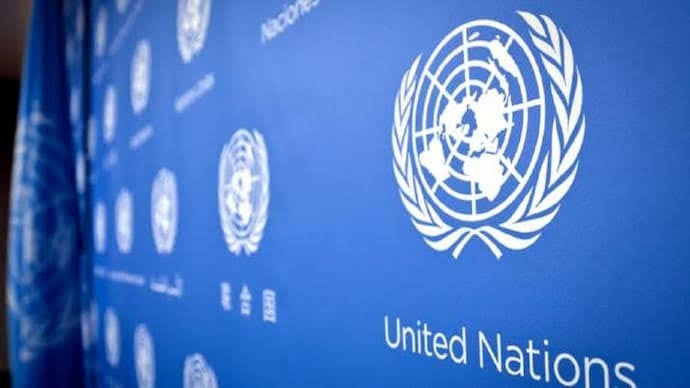A new demographic report of the United Nations states that India’s population is estimated to reach 1.46 billion by the end of 2025, which will be the highest in the world. In the report, at the same time, it has been revealed that the country’s total fertility rate has come below the replacement rate.
The UNFPA’s ‘World Population Status (SOWP) reports 2025’ titled ‘, titled’, asks for focus on incomplete reproductive goals instead of nervous from declining fertility. It states that millions of people are not able to achieve their real reproductive targets.
According to the report, this is the actual crisis rather than a low population or more population, and its answer lies in better fertility- that is, a person’s ability to take decisions about sexual intercourse, contraceptive and family starting.
The report also revealed significant changes in population structure, fertility and life expectancy, indicating a major demographic change.
The report found that India’s total fertility rate has come down to 1.9 birth per woman, which is below the replacement level 2.1.
This means that on average, Indian women are producing less than the number required to maintain the size of the population from one generation to another.
Despite the decrease in birth rate, India’s youth population still remains important, with 24 percent in the age group of 0-14, 17 percent in the age group and 26 percent in 10-24 age group.
The country’s 68 percent of the population is of working age (15-64), which provides potential demographic dividends with adequate employment and policy support.
In the United Nations report, India is placed in a group of medium -income countries, which are undergoing rapid demographic changes, where the population is now estimated to take 79 years to double.
“India has made significant progress in reducing the fertility rate- from about five children to about two children,” India has made significant progress in reducing fertility rate, “said UNFPA’s India representative Andrea M Wozner.








